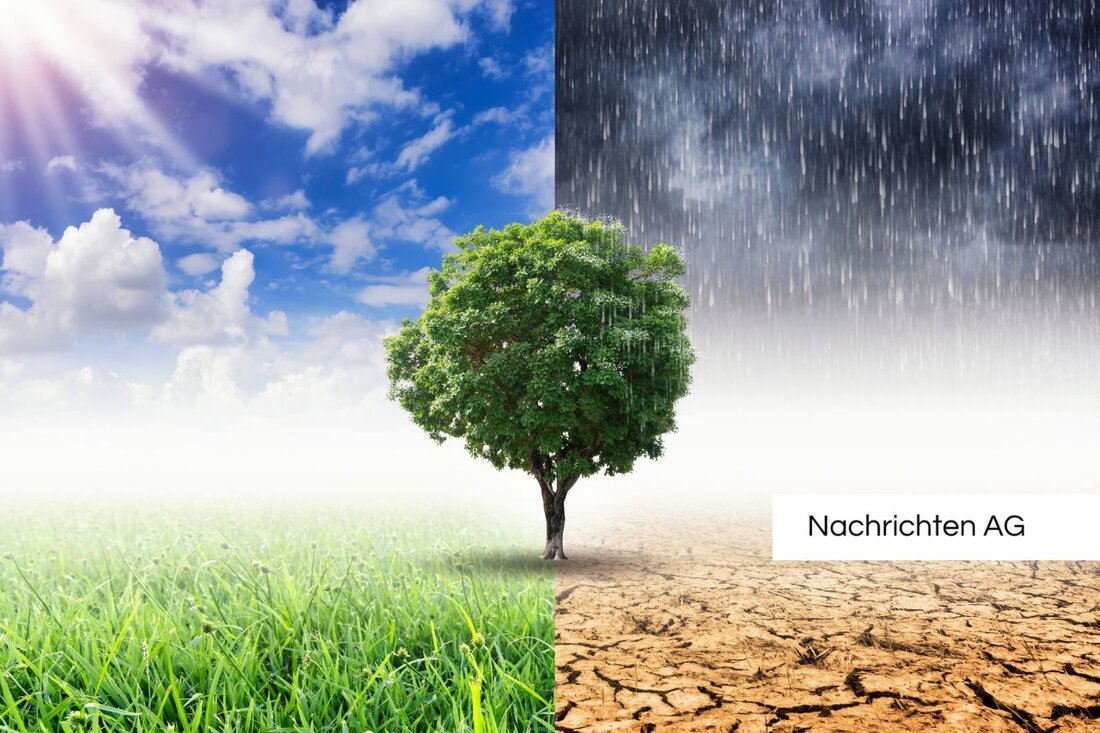Sturm victims in the Tegeler Forst: Thick Marie defies the elements!
Sturm victims in the Tegeler Forst: Thick Marie defies the elements!
Last week, the forests of Berlin were haunted by two violent storms, which thousands of trees in the Tegeler and Spandauer Forst uprooted or kinked. Two remarkable tree giants, the "thick Marie", an approximately 600-year-old stemal oak, and the "Burgsdorff-Lärche", which was planted in 1795 and was torn down by the power of the latest storm on Thursday, were particularly affected. According to the Senate environmental administration have blocked the "thick Marie" and other fallen trees to the forest paths, which makes it considerably more difficult to clean up the forest workers.
The "Dicke Marie", which is impressively in the Tegeler Forst with a circumference of around 6.50 meters and a height of around 15 meters, has survived many storms, including the storm low "Ziros". In fact, this impressive tree can live to be more than 1,000 years old, which makes the challenges that he has stood, all the more remarkable. In contrast, the "Burgsdorff-Lärche" is now history. The majestic tree fell after it overturned with the root plate. Until the last measurement in 2021, the larch was considered the highest tree of Berlin with a height of around 41 meters.
consequences of the storms
cleaning up in the Tegeler Forst and the Spandauer Forst are now in full swing, but the danger to life is still available from falling branches and falling trees, which is why the forests have been temporarily blocked. Many other trees in the area also fell victim to the storms, and the new highest trees in Berlin, a 43 meter high beech on Mühlenweg, has not yet been reached. This leaves the forest workers in uncertainty regarding their fate.
These events raise questions about the resistance of the forests with regard to climate changes. According to expert reports on the future of the Forestry in Germany , the forests are under considerable climate stress. It is planned to adapt the forests for the next centuries by preferring tree species that can adapt to the changing climate conditions. Mixed forests with a variety of domestic species are less susceptible to disorders from storms or pests and can therefore deal better with the challenges of climate change.
The continuing loss of large trees and the need for a forest conversion are a signal for the increasing fragility of our forests. Forest people and forest owners must therefore make far -reaching decisions to ensure the sustainability of the forests over the coming decades. This interplay of nature and man is crucial for the restoration and preservation of the valuable ecosystems that offer Berlin and its surroundings.
| Details | |
|---|---|
| Ort | Tegeler Forst, Berlin, Deutschland |
| Quellen | |


Kommentare (0)